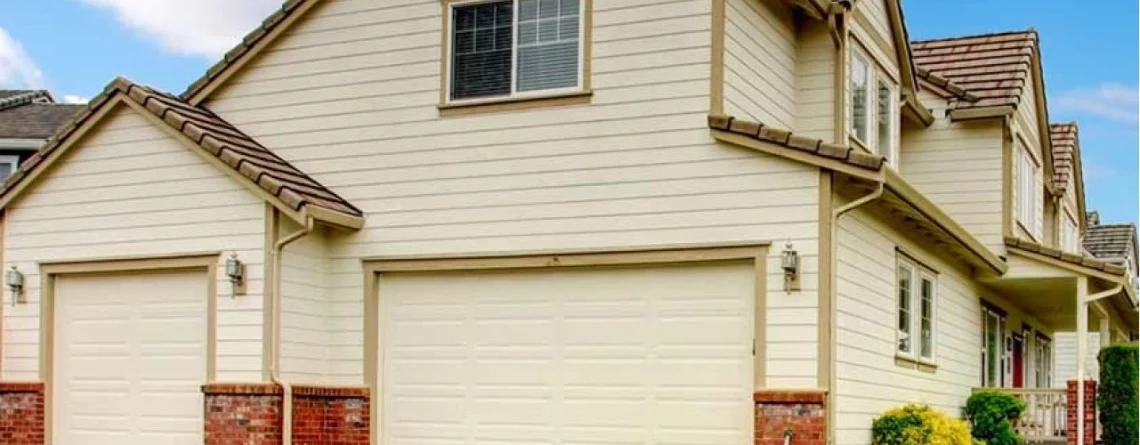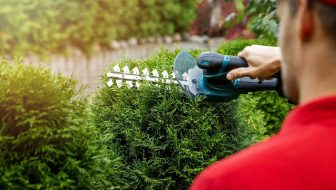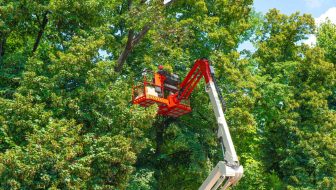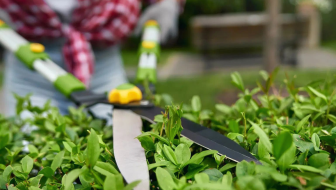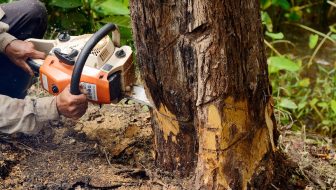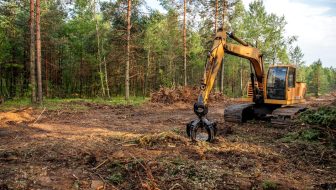Your home’s siding is not just about aesthetics; it plays a significant role in your property’s energy efficiency. Making informed choices about siding materials can result in substantial energy savings and a more comfortable living environment. Let’s explore the impact of siding on energy efficiency and guide you in making wise choices for long-term savings.
1. Insulation Matters:
High-quality siding acts as an additional layer of insulation for your home. Materials like insulated vinyl or fiber cement can provide enhanced thermal resistance, reducing heat transfer and keeping your home cooler in summer and warmer in winter.
2. Reflectivity and Color:
The color and reflectivity of your siding can influence how much heat is absorbed or reflected. Light-colored sidings tend to reflect more sunlight, preventing excessive heat absorption and helping to maintain a cooler interior.
3. Ventilation and Moisture Control:
Properly installed siding allows for adequate ventilation, preventing moisture buildup that can compromise insulation. Moisture-resistant siding materials, like vinyl or fiber cement, contribute to a healthier indoor environment.
4. Durability for Longevity:
Siding that withstands the test of time contributes to long-term energy efficiency. Durable materials require fewer replacements, reducing the environmental impact and the need for additional energy in manufacturing and installation.
5. Sealing the Gaps:
Well-installed siding creates a tight seal, preventing air leaks and drafts. This sealing effect ensures that your HVAC system operates efficiently, reducing energy consumption and lowering utility bills.
6. Consideration of Climate:
The climate of your region should influence your siding choice. For example, in colder climates, insulated siding can provide an extra layer of protection against the cold, while in warmer regions, reflective sidings can help keep your home cool.
7. Green and Sustainable Options:
Opting for sustainable siding materials, such as recycled content or eco-friendly composites, not only reduces your environmental footprint but also contributes to a more energy-efficient home.
8. Maintenance and Efficiency:
Low-maintenance siding materials, like vinyl or fiber cement, require fewer resources for upkeep. A well-maintained exterior ensures that your siding continues to contribute to energy efficiency over the years.
9. Professional Installation:
Proper installation is key to maximizing the energy efficiency of your siding. Entrust the installation to professionals who understand the importance of sealing, insulation, and ventilation.
Choosing siding with energy efficiency in mind is an investment that pays off over time. At Timber TEKS Construction, we specialize in guiding homeowners toward smart choices that enhance both the aesthetics and functionality of their homes. Contact us to discuss your siding project, and let’s embark on a journey to create an energy-efficient and comfortable living space for you.

